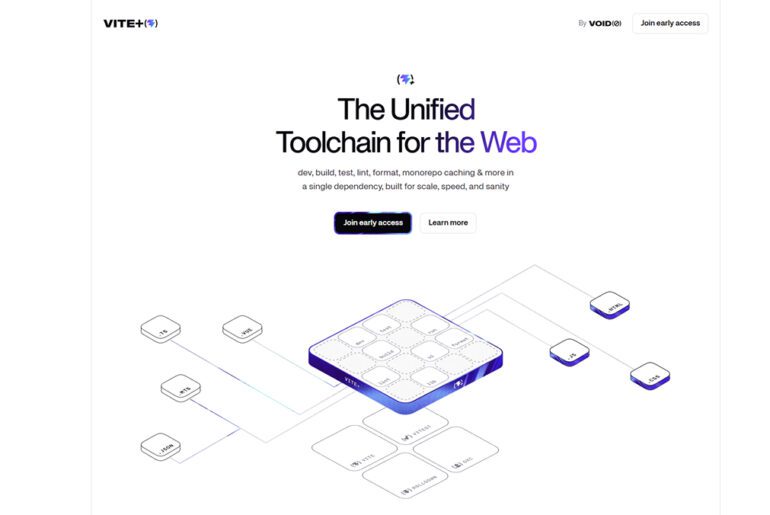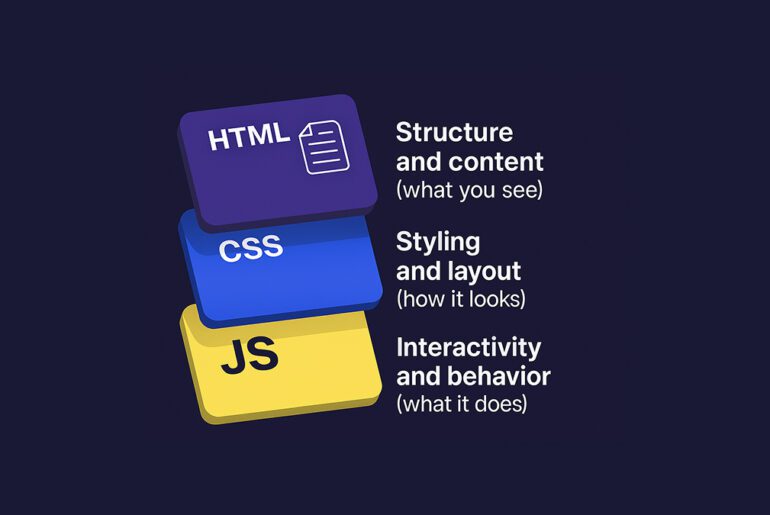On a routine morning, Anna, a small-business blogger in Norway, sipped her coffee and refreshed her site analytics. She noticed a sudden spike in browser warnings—users were seeing “insecure content” errors on her otherwise secure blog. The culprit: a decades-old practice in her site’s code, a simple URL starting with // instead of https://.
That shorthand, once considered clever, is now being quietly excised from modern web development. Protocol-relative URLs—those beginning with //domain.com/resource—have long been used to let browsers infer whether to use HTTP or HTTPS. But today that flexibility has become a liability.
From clever trick to security hazard
In the early 2010s, the web was in flux. Many sites were still on HTTP; some were moving to HTTPS. Developers faced a dilemma: if you hard-coded http:// in your asset URLs, you’d trigger “mixed content” warnings on secure pages. If you used https:// everywhere, assets might break on HTTP pages. The protocol-relative pattern was born: the browser would dynamically choose the protocol that matched the parent page.
That trick spread fast. Paul Irish—a well-known front-end developer—popularized it, and it became embedded in boilerplate templates.
But over time, the web moved decisively to HTTPS. Google declared HTTPS a ranking factor in 2014, nudging site owners to upgrade. As of 2025, more than 95% of websites carry SSL certificates, and HTTPS is the de facto standard for most web traffic. In that environment, the main advantage of protocol-relative URLs—automatic protocol matching—has evaporated.
Now, that shorthand can backfire. Browsers and security tools increasingly block or upgrade protocol-relative content automatically. Worse, the pattern opens doors to downgrade or injection attacks. Attackers luring someone onto an unencrypted HTTP version of a site could exploit // URLs to pull in malicious scripts. What once was “smart fallback” now looks fragile.
The stakes: trust, performance, cost
For Anna’s blog and thousands like hers, the change is more than a technical detail. It’s a matter of user trust. A “mixed content” warning—even if benign—causes many visitors to click away. SEO tools flag protocol-relative links as security liabilities. One popular web crawler tool, Screaming Frog, classifies them under “Security” issues and urges replacing them with absolute HTTPS links.
From a broader perspective, the move also signals a shift in how developers think about standards. Once, adaptive tricks were celebrated. Now the expectation is clarity and assertion: “I will only use HTTPS assets.” This change pushes the industry toward stronger defaults.
There’s cost too. Sites with long, accumulated codebases must audit and rewrite thousands of URLs. Libraries, plugins, or CMS themes may carry outdated patterns. Unless site managers act, they risk breakage or security flags.
One telling example: on StackExchange, users have recently reported that image links lacking protocols are rejected by validation systems, forcing editors to add “https://” explicitly. It’s a symbolic moment: the shorthand is no longer tolerated even in user content.
A turning point in web history
In the grand arc of web evolution, this is quieter than browser wars or new languages—but it matters deeply. Protocol-relative URLs were a transitional hack for a transitional era. Today’s web is one of encryption, HTTP/3 speed, and strict security expectations.
By excising this pattern, developers consolidate on clearer, safer norms. Sites become more resistant to downgrade attacks. Users see fewer warnings. Trust in websites grows more stable. It’s a small detail with outsized ripple effects.
In a way, the retirement of protocol-relative URLs is the web maturing. We’re moving from compromise toward assertion, from “workaround” to security by design. For Anna and millions of site operators worldwide, the message is clear: if your code still uses //, it’s time to rewrite it—explicitly, safely, and always with https://.










